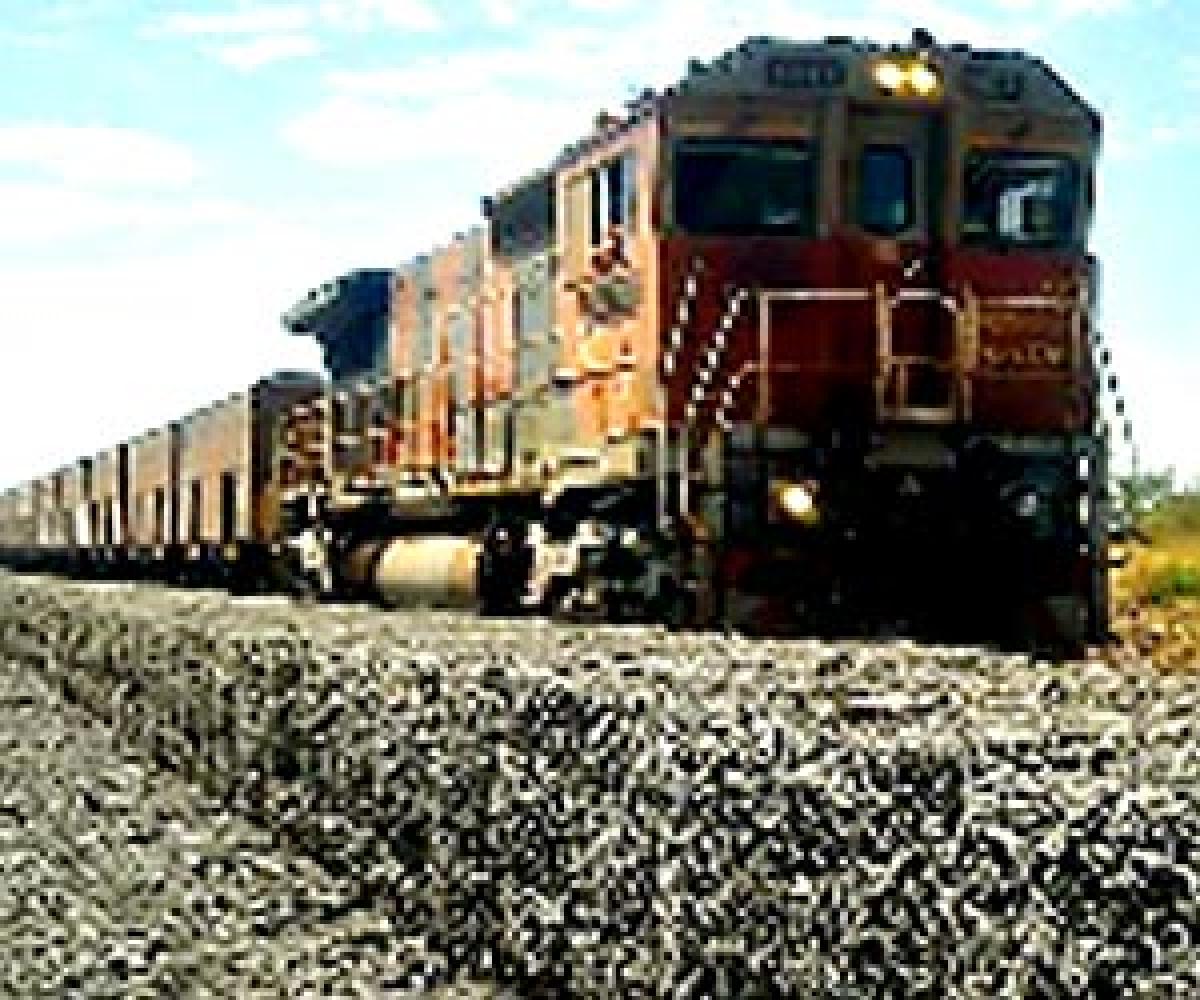Live
- National conference on digital change begins at SU
- Mathematics plays key role in different fields
- Plaint filed against FRO for obstructing MGNREGA works
- Two students drown
- Udandapur Reservoir oustees assured of fair rehabilitation package
- IPS officers’ suspension extended for six months
- Endowments officials inspect Jogulamba temple amid allegation of mismanagement
- ‘Pending bills for village panchayats must be cleared immediately: Sarpanches
- Blitzkrieg begins at PB Siddhartha
- US flays India’s 150% alcohol tariff amid trade concerns

Despite railway lines located close to irrigation tanks facing the wrath of nature during calamities, no efforts have been initiated to arrange
- Structures pose a serious threat to railway tracks and highways during flash foods
- Indian Railways washes its hands off matter, says construction of walls is sole responsibility of State government
- State government yet to initiate any measures to secure tanks located near railway tracks
Nellore: Despite railway lines located close to irrigation tanks facing the wrath of nature during calamities, no efforts have been initiated to arrange Gabion structures for protecting the tanks as well as railway lines which could lead to loss of life as well. The district had faced a severe strain during the heavy rains last November, but the State government is yet to act on that bitter experience. Indian Railways had stated categorically that protection of vulnerable irrigation tanks near the railway lines is the sole responsibility of the State government. But they do participate in joint inspections to identify vulnerable zones where repairs need to be taken up for tanks to protect the railway lines.
According to officials, tanks located within a distance of 0.5 to 5 km from the railway track are normally considered as risky. There are 165 such tanks in the district stretching between Kavali and Tada and Gudur and Kalahasti. 80-90 of them are unsafe with poor maintenance and vulnerable due to geographical conditions.
Consequently, Indian railways had proposed the construction of walls adopting the Gabion model for lowering the vulnerability of the tanks. Gabions is an element in the form of blocks made of wire mesh nettings of twisted hexagonal opening or welded square or rectangular openings, which is filled with natural stone for river, hill protection. It is used to stabilize roads and rails and used in the construction of railway embankments.
The Ministry of Railways had implemented the design in many railway zones of hilly areas and other flood prone areas where the tracks are vulnerable to flash floods. “These water bodies are not only dangerous to railway tracks but also to the national highways. Indian Railways is not providing any support for repairs or maintenance and the State government has to bear the entire expenditure keeping the safety of passengers in mind,” said a senior official from SCR.
Kadalur tank in Tada mandal, aqua ponds in Kovur and Kodavalur mandals, Nagulavaram tank, AV Kandrika, Bogole tank, Venkanna Tank and many others pose a threat during heavy rains as they impact other tanks located close to the track and highway. They have to be monitored carefully during heavy downpour,” said an Irrigation department official.
P V Prasad

© 2025 Hyderabad Media House Limited/The Hans India. All rights reserved. Powered by hocalwire.com







